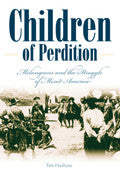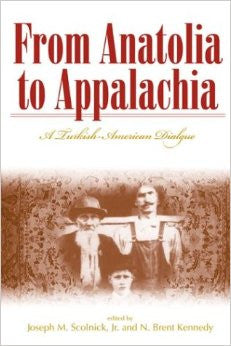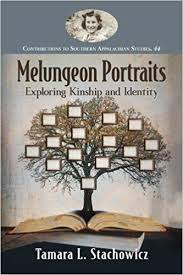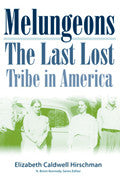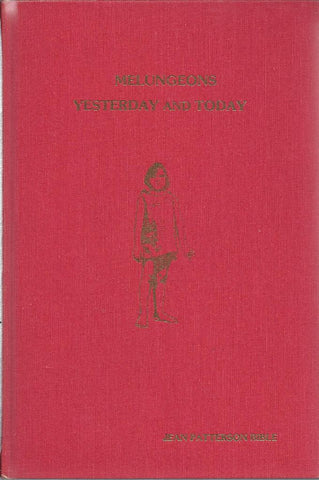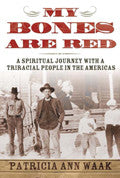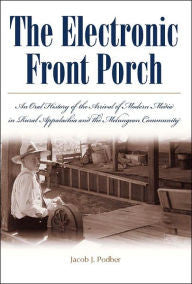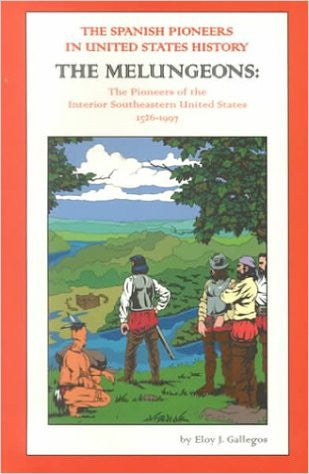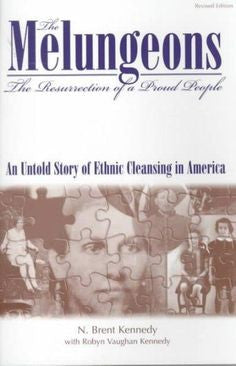Melungeon People
As far back as we know, the Appalachian Region has been the home of small groups of people who chose to live in relative isolation from the mainstream. Before people arrived from Europe and Africa, the region was dotted with settlements like this. As early as 1665 escaped slaves, called Maroons, formed small isolated communities, not in Appalachia, but in swamp lands nearer the Atlantic coast. At some point, both “renegade” whites – either banished from the mainstream by force, by social pressure, or by personal preference – and Blacks either joined native settlements or formed their own with or without people of other races. In 1775 the land-speculator Richard Henderson met with Cherokee leaders at Sycamore Shoals to purchase what became Tennessee and Kentucky. Dragging Canoe gave an impassioned speech against the sale and formed the five lower towns of the Chickamauga along the Tennessee River west of Chattanooga. Both white and Black “renegades” settled in these towns which survived until the Trail of Tears in the 1830s. A few relatively isolated tri-racial communities still exist, including not only the Lumbees of North Carolina, the Carmels of Ohio, the Red Bones of Louisiana, and the Brass Ankles of South Carolina. In Appalachia, they include, most prominently the Guineas of Chestnut Ridge in Barbour County, West Virginia, and the Melungeons centered on Newman’s Ridge in Hancock County, Tennessee, but spreading out especially into Grainger and Hawkins Counties and even into nearby Kentucky and Virginia counties. It is believed that the term “Melungeon” was first used in 1813 in the records of the Stony Creek Primitive Baptist Church in Scott County, Virginia, to describe families that later came to Newman’s Ridge. Melungeon families have been traced back to the 1767 tax records of Montgomery County, Virginia, and the 1790 tax records of the area of Wilkes County, North Carolina, that became Ashe County. It is thought that they arrived in Hancock County around 1790. By 1830 they numbered 330 people in 55 families. The population has dwindled ever since, but some of the descendants of the original families still live on Newman’s Ridge and in the valley to the north of the ridge in the community named Vardy after Vardy Collins, one of the first Melungeon settlers in the area.
-- George Brosi

